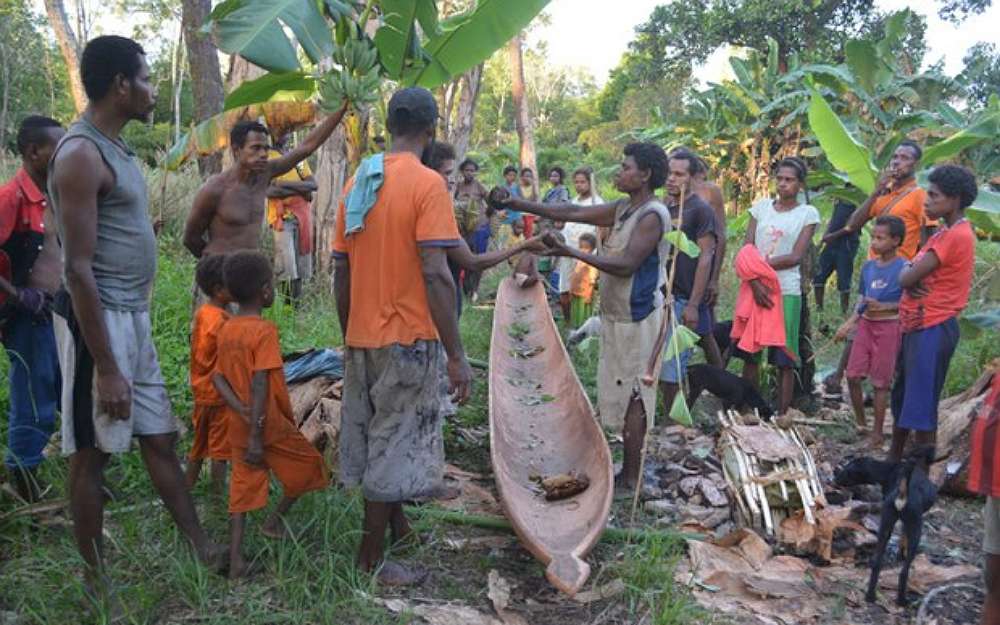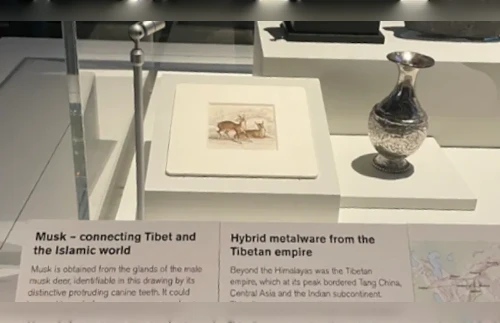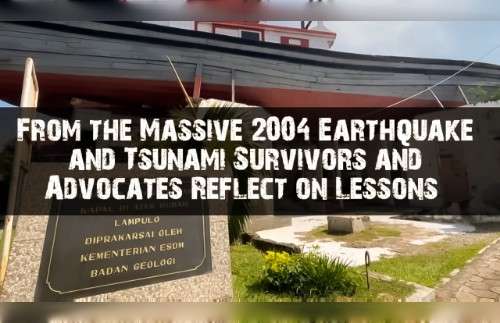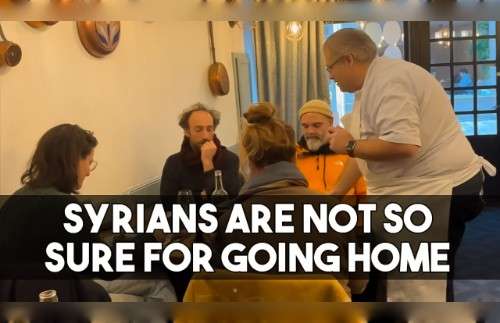Victor Mambor and Alvin Prasetyo/Jayapura, Indonesia, and Jakarta

The U.S. Holocaust Memorial Museum is warning in a new report that mass killings of civilians could occur in Indonesia’s restive Papua region in the next year to 18 months if current conditions deteriorate to a worst-case scenario.
Although large-scale violence against civilians is not occurring yet in Papua, early warning signs are visible and warrant attention, says the report, titled “Don’t Abandon us: Preventing Mass Atrocities in Papua.”
The museum’s Simon-Skjodt Center for the Prevention of Genocide published the 45-page report this month authored by an Indonesian, Made Supriatma, who conducted field research in the region at the far-eastern end of Indonesia.
“Indonesia ranks 27th on the list of countries with risks of mass atrocities. This report should be considered as an early warning,” Supriatma told BenarNews.
A combination of factors – increasing rebel attacks, better coordination and organization of pro-independence civilian groups, and the ease of communication – makes it plausible that the unrest could reach a new level in the next 12-18 months, the report said.
“If political and social unrest persist, and if it were to spread across the region, it is possible that the Indonesian government could determine that the scale or persistence of the protests would justify a more severe response, which could lead to large-scale killing of civilians,” it said.
The risks are rooted in factors such as past mass atrocities in Indonesia, the exclusion of indigenous Papuans from political decision-making, Jakarta’s failure to address their grievances and conflicts over the exploitation of the region’s resources, according to the report.
Other factors include Papuans’ resentment over Jakarta’s failure to hold accountable security personnel implicated in human rights abuses and conflict between indigenous Papuans and migrants from other parts of Indonesia over economic, political, religious, and ideological issues, it said.
Under one scenario that the report envisions, pro-Jakarta Papuan militia, backed by the military and police, commit mass atrocities against pro-independence Papuans.
But such a scenario depends on indigenous Papuan groups remaining divided into pro-Jakarta and pro-independence groups, it said. The other scenario involves Indonesian migrants and Indonesian security forces committing atrocities against indigenous Papuans, the study said.
The report recommends that the government improve freedom of information and monitoring atrocity risks, manage conflicts through nonviolent means, and address local grievances and drivers of conflict.
Supriatma said indigenous Papuans he spoke to as part of his research confirmed that real and perceived discrimination had fueled an “us-against-them” mentality between indigenous Papuans and Indonesians.
Papua, on the western side of New Guinea Island, has been the scene of a low-level separatist insurgency since the mainly Melanesian region was incorporated into Indonesia in a United Nations-administered ballot in the late 1960s.
In 1963, Indonesian forces invaded Papua – like Indonesia, a former Dutch colony – and annexed the region.
Only about 1,000 people voted in the U.N.-sponsored referendum in 1969 that locals and activists said was a sham, but the United Nations accepted the result, essentially endorsing Jakarta’s rule.
‘Not based on facts’
An expert at the Indonesian presidential staff office, Theofransus Litaay, questioned the study’s validity.
“There’s something wrong in the identification of research questions. The author extrapolated events in East Timor to his research,” he said, referring to violence by pro-Jakarta militias before and after East Timor’s vote for independence from Indonesia in 1999.
“It’s not based on the facts on the ground,” he said, without elaborating.
Gabriel Lele, a senior researcher with the Papuan Task Force at Gadjah Mada University in Yogyakarta, said the report was based on limited data.
“It is true that there has been an escalation of violence, but the main perpetrators are the OPM [Free Papua Movement] and the victims have been civilians, soldiers and police,” Gabriel told BenarNews.
He said rebels had also attacked indigenous Papuans who did not support the pro-independence movement.
Violence has intensified in Papua since 2018, when separatist rebels attacked workers who were building roads and bridges in Nduga regency, killing 20 people, including an Indonesian soldier.
In the latest violence, suspected rebels gunned down 10 civilians, mostly non-indigenous Papuans, and wounded two others on July 16.
A local rebel commander from the OPM’s armed wing, Egianus Kogoya, claimed responsibility.
“We suspect they were spies, so we shot them dead on the spot,” the Media Indonesia newspaper quoted him as saying on Monday.
The attack in Nduga regency came a little more than two weeks after legislators voted to create three new provinces in Papua amid opposition from indigenous people and rebel groups.
In March this year, insurgents killed eight workers who were repairing a telecommunications tower in Beoga, a district of Puncak regency.
Arms trade
Benny Giay, a member of the Papua Church Council, said Jakarta had not shown a desire to address racism against Papuans, who are ethnically Melanesian, and instead branded pro-independence groups terrorists.
“Authorities allow arms trade between armed groups and members of the TNI [military] and police, which perpetuates the violence and in the end can have fatal consequences for the indigenous people,” Giay told BenarNews.
The influx of migrants from other parts of Indonesia has created inter-communal tensions and conflicts over regional governance, analysts said.
Indigenous people are concerned that a massive project to build a trans-Papua highway, as part of President Joko “Jokowi” Widodo’s drive to boost infrastructure, could lead to economic domination by outsiders and the presence of more troops, said Cahyo Pamungkas, a researcher from the National Research and Innovation Agency (BRIN).
“The road will mainly benefit non-Papuans, and indigenous people will benefit little economically because they are not ready to be involved in the economic system that the government wants to build,” Cahyo told BenarNews.
Copyright ©2015-2022, BenarNews. Used with the permission of BenarNews.













